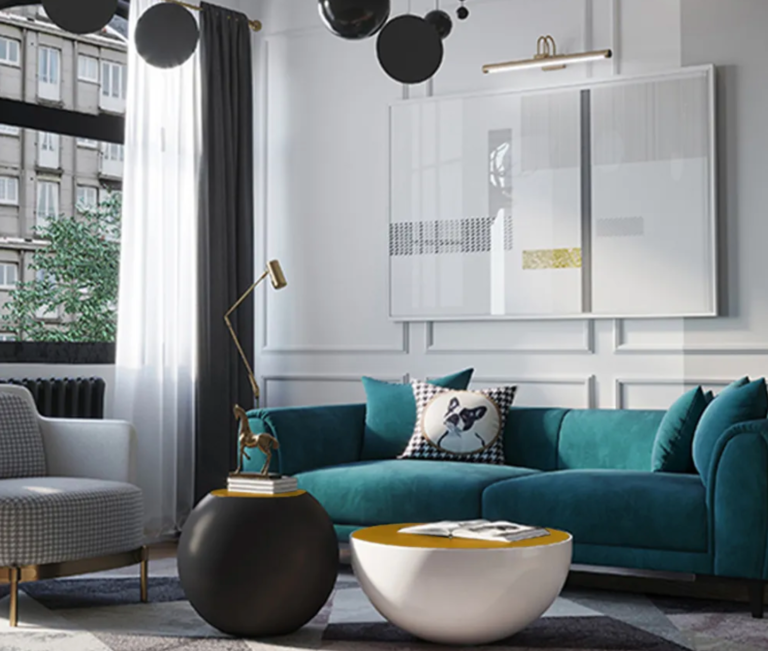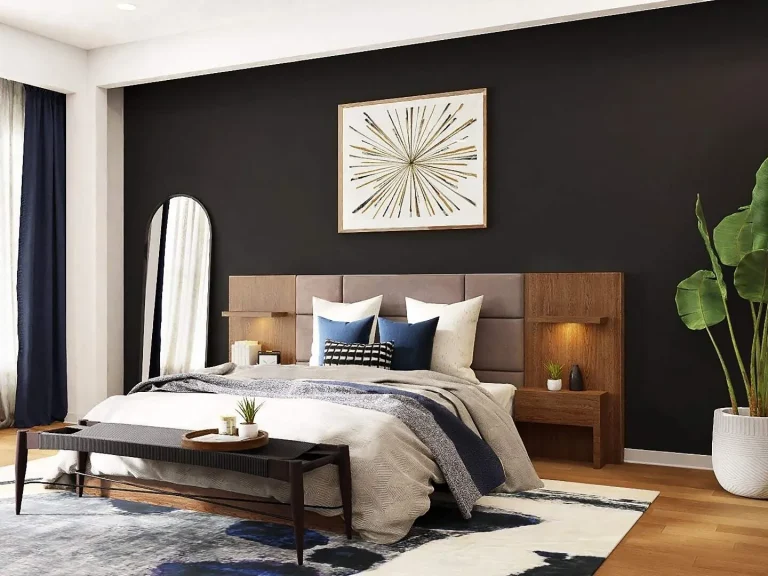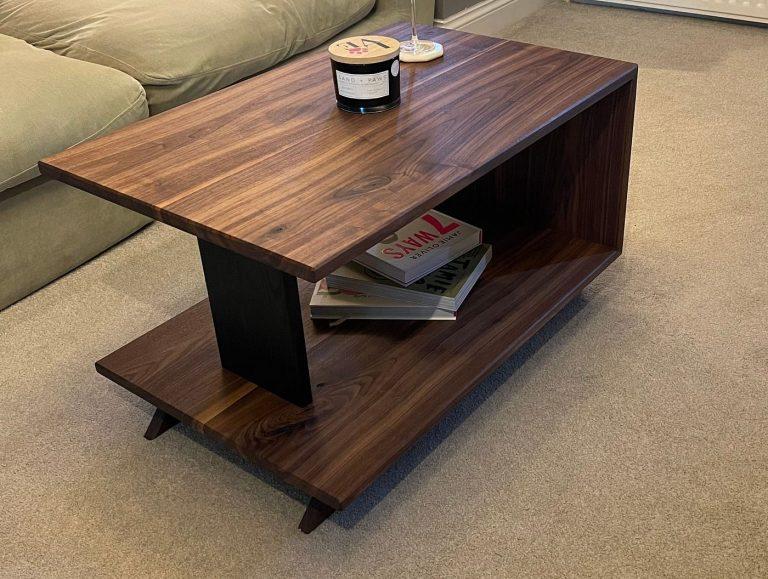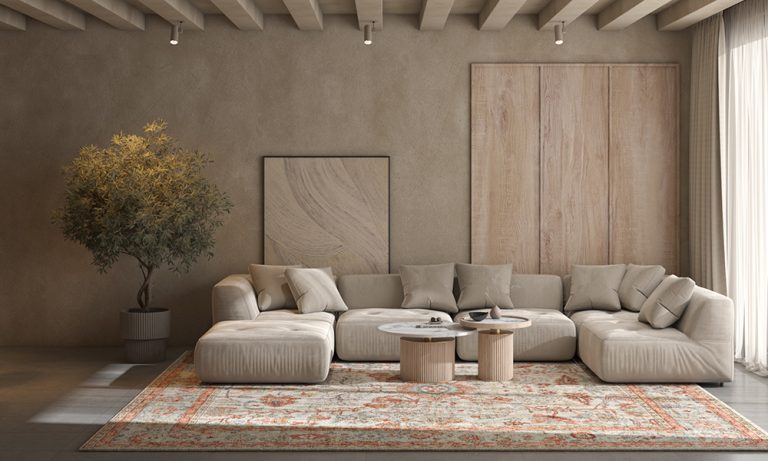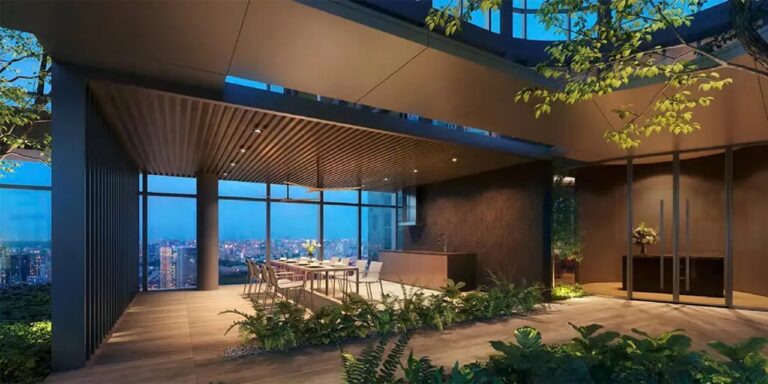
Life at home isn’t simple anymore. One room works as an office by day, a gym in the evening, maybe even a guest room on weekends. Spaces are shrinking, but expectations aren’t. That’s why multi functional furniture has moved from clever gimmick to everyday necessity.
It’s not just about saving space. It’s about dignity in small living. A sofa that becomes a bed is obvious—but what about a dining table that folds back into the wall, freeing the room for yoga? Or a desk that doubles as a vanity, so mornings start in the same spot where deadlines get finished at night. These designs acknowledge modern reality: homes have to be many things at once.
A Short History of Adaptability in Design
The idea isn’t new. In 18th-century Europe, wealthy households commissioned “mechanical furniture.” Cabinets that hid beds. Chairs doubling as ladders. Ingenious contraptions for people who valued discretion. Back then it was about showing off wealth and wit.
Today, the audience looks very different. Not aristocrats but students, renters, downsizers. People who need every inch to pull its weight. The aesthetic changed too—less ornate, more minimal. Function matters first, but beauty hasn’t disappeared. Clean lines, lighter materials, mechanisms that glide smoothly: these are the heirs to a long history of adaptable design, reshaped for ordinary lives.
Beyond Space-Saving: The Psychology of Flexibility
Most buyers think they’re just saving space. That’s the headline benefit. But there’s a quieter, more powerful one—mental clarity.
Clutter eats at people. UCLA researchers once studied families and found that messy homes spiked cortisol, the stress hormone. A storage ottoman hiding toys, a wall bed disappearing during the day—these aren’t just practical. They lift a burden from the mind. The room feels bigger. People feel calmer. That’s why these designs matter more than most admit: they reshape not only floor plans but moods.
Unexpected Uses That Redefine Daily Routines
Some of the best surprises come only after living with the furniture. A folding dining table isn’t just dinner space; it becomes an office during tax season. A modular sofa seats guests at night but rearranges into a reading nook the next morning. Parents stash board games in coffee tables, turning evenings into family rituals. Students in tiny dorms push pieces together, pull them apart, reinventing the room week by week.
It’s this adaptability—this ability to serve life’s shifting rhythms—that makes multi functional furniture more than a convenience. It’s part of how people improvise daily living in spaces too small for rigid solutions.
Design and Identity: A Mirror of Modern Values
Furniture isn’t just furniture. It tells the story of what people value. Choosing pieces that transform says something: efficiency matters, sustainability matters, elegance matters too—but waste does not.
Minimalism feeds into it. A slim console that extends into a full dining table doesn’t scream for attention. It whispers. That restraint reflects cultural priorities. Today’s homeowners and renters often seek subtlety, a clean look, the sense of being in control of their surroundings. Adaptable design, therefore, isn’t only practical—it signals identity.
Sustainability as a Hidden Strength
The green benefits deserve louder attention. One well-designed convertible bed replaces two or three separate items. That’s fewer trees cut, fewer factories running overtime, fewer trucks hauling bulk across continents. Multiply that by millions of homes and the impact is staggering.
There’s money saved too. One sturdy piece that serves multiple roles costs less in the long run. Families who choose well-made multi-use furniture often keep it for a decade or more, cutting down on cheap replacements. It’s thrift, but it’s also responsibility. Sustainability hides in plain sight within these designs, and most buyers don’t even notice they’re making an eco-conscious choice.
The Next Wave: Technology Meets Craft
We’ve only seen the beginning. Technology is sliding quietly into furniture, often unnoticed. Desks that rise and lower without a crank. Sofas with built-in USB ports. Beds glowing with soft under-lighting that changes as night deepens.
The future will be stranger still. Imagine a wardrobe that manages humidity around clothes, or a shelf that remembers what book you last pulled down. These sound like novelties—until they don’t. A century ago, folding beds were novelties too. Innovation always begins as curiosity and ends as common sense.
Conclusion:
Homes mirror the people inside them—chaotic, creative, busy, shifting. Choosing multi functional furniture is not just about packing more into less. It’s about freedom. Freedom to change the room at will. Freedom to keep clutter at bay. Freedom to live lightly without giving up beauty.
When furniture bends with us, walls feel less confining. Corners serve new purposes. Life opens up. That’s the real promise here: not simply to squeeze more objects into a tight space, but to create homes that breathe, evolve, and welcome possibility.

